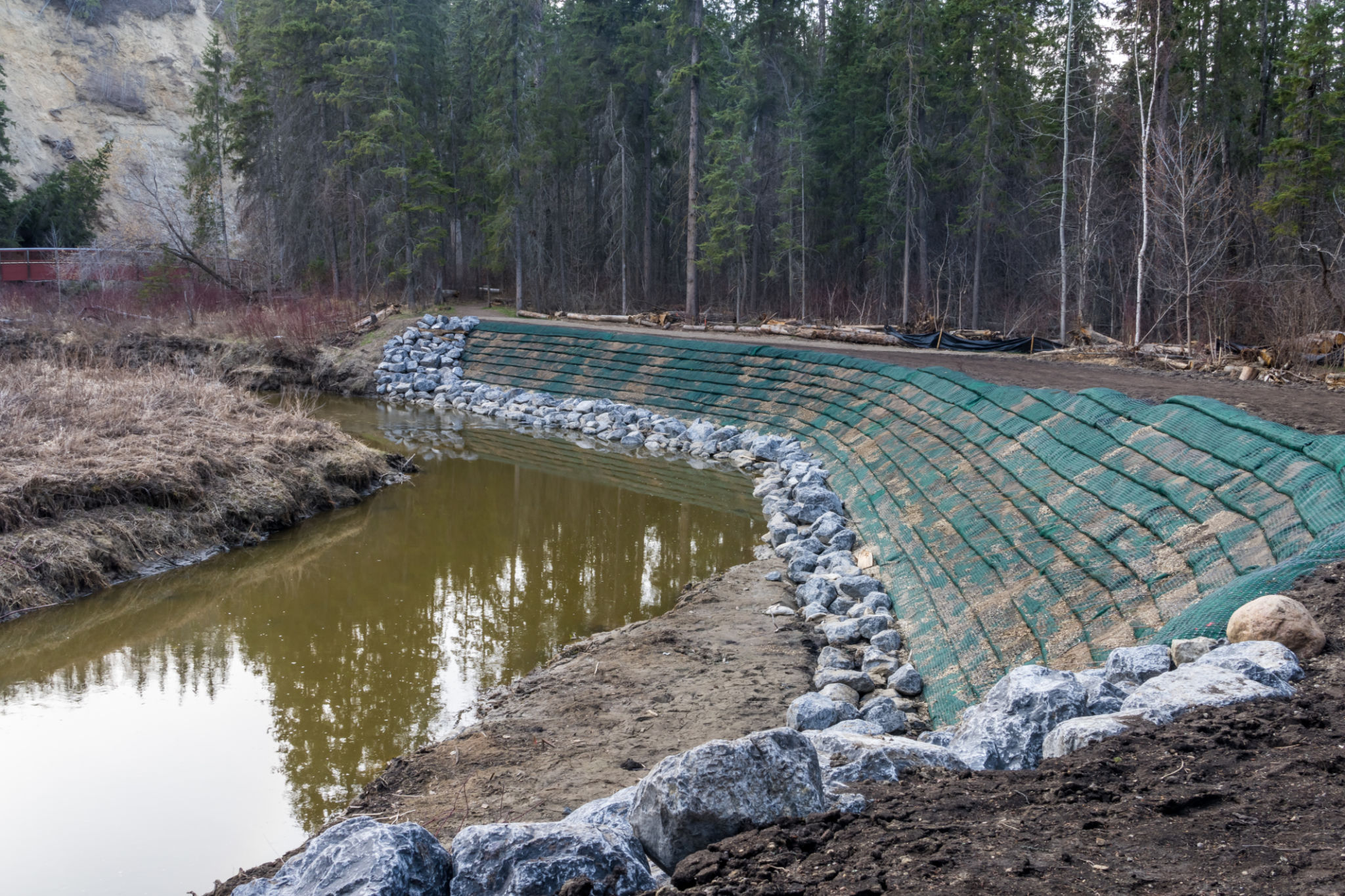Protecting Your Property: Essential Erosion Control Techniques in Florida
RM
Understanding the Importance of Erosion Control
Florida's unique landscape, with its sandy soils and frequent storms, makes it highly susceptible to erosion. Protecting your property from erosion is crucial to maintaining its value and ensuring environmental sustainability. Erosion can lead to the loss of topsoil, which is vital for vegetation growth, and can cause structural damage to buildings and roads.
Implementing effective erosion control techniques can help preserve your property and contribute to the overall health of the local ecosystem. By understanding the importance of erosion control, you can take proactive steps to safeguard your land.

Identifying Areas Prone to Erosion
Before implementing any erosion control measures, it's essential to identify areas on your property that are most vulnerable. These typically include slopes, shorelines, and areas with poor vegetation cover. Conduct a thorough assessment by looking for signs such as exposed roots, soil loss, or changes in landscape contours.
Once you've pinpointed these areas, you can prioritize them in your erosion control plan. Addressing these spots early on can prevent more significant issues and save time and resources in the long run.
Natural Erosion Control Techniques
One of the most effective ways to combat erosion is by using natural techniques. Planting native vegetation is a simple yet powerful method. The roots of these plants help hold the soil in place, reducing the risk of erosion. Choose plants that are well-suited to Florida's climate and soil conditions for the best results.

Another natural approach is using mulch or compost. These materials not only enrich the soil but also help retain moisture and protect against wind and water erosion. Applying a layer of mulch around plants creates a protective barrier that stabilizes the soil.
Structural Erosion Control Solutions
In some cases, natural methods may not be sufficient to address severe erosion. Structural solutions such as retaining walls, terraces, and riprap can provide additional support. Retaining walls are ideal for steep slopes, as they hold back soil and prevent it from shifting.
Terracing involves creating stepped levels on a slope, which reduces water runoff and prevents soil loss. Riprap, made from large stones or concrete blocks, is often used along shorelines to protect against wave action and stabilize the soil.

Maintaining Your Erosion Control Measures
Implementing erosion control measures is only the first step; regular maintenance is essential to ensure their effectiveness. Inspect your property regularly for signs of erosion or damage to existing structures. Make repairs promptly to prevent further deterioration.
Moreover, continue monitoring vegetation health and replace any plants that have died or been uprooted. Keeping your erosion control measures in good condition will extend their lifespan and effectiveness.

Seeking Professional Advice
If you're unsure about how to best protect your property from erosion, consider consulting with a professional. Landscape architects or environmental consultants can offer valuable insights tailored to your specific needs. They can assess your property, recommend suitable techniques, and help with implementation.
Professional guidance ensures that you employ the most effective strategies and comply with any local regulations regarding erosion control.
Conclusion: Taking Action Today
Erosion is a natural process, but with proactive measures, you can significantly reduce its impact on your property. Whether through natural methods or structural solutions, protecting your land from erosion is an investment in its future value and sustainability.
By taking action today, you contribute not only to the preservation of your property but also to the protection of Florida's diverse landscapes for generations to come.